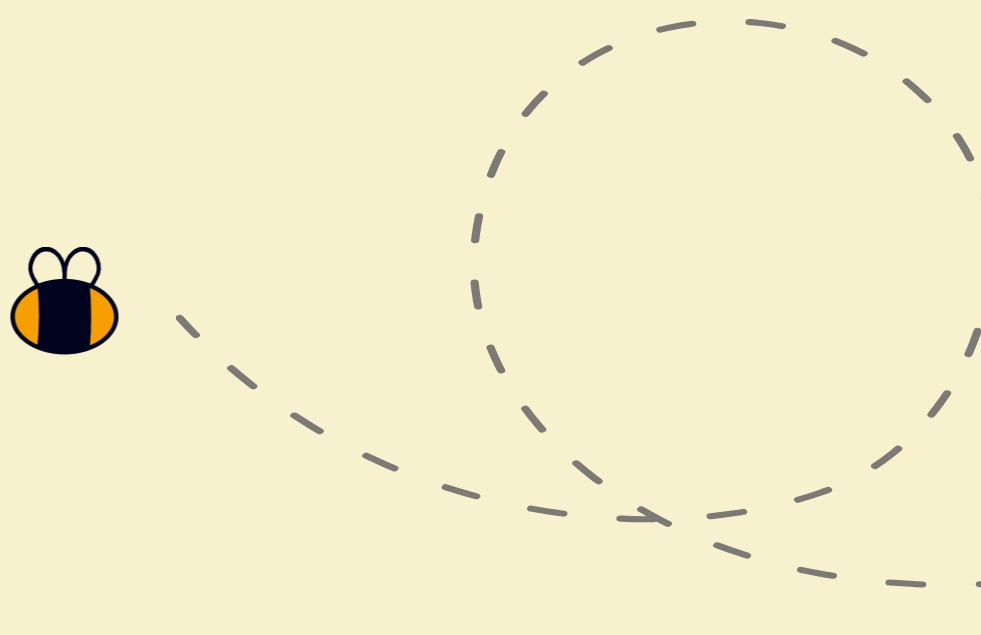
The way sales are made has changed a lot over the years. As the digital world grows, the way we sell has undergone huge transformations. Read on to discover 4 ways to sell more online using traditional tactics reworked for the digital age.
The sales tactics listed here are traditional and as old as sales itself. But as well as looking to the past, it’s important to look to the future too. Click here to discover 6 digital marketing trends you cannot ignore in 2019.
Scarcity can be a powerful thing
Everyone reading this will have seen those posters in store windows, compelling passers-by to “buy now! Once it’s gone, it’s gone!”. This is the scarcity technique at play. The aim is to put pressure on shoppers to make a purchase immediately, lest they miss out completely.
The threat of a great deal or product running out is enough to compel even the most ad-savvy customer to purchase — in essence, nobody likes the fear of missing out (FOMO).
And the scarcity technique can be exploited even further online.
Regular email updates to customers with urgent subject lines keep special offers at the forefront of their minds. Countdown timers, in particular, are great at ramping up the pressure, ticking down to either a special offer deadline or even how many products are left.
The art of good conversation
The key to successful sales is building a relationship. And the key to that? Conversation. Communicating with customers creates a bond between you, winning them over to your product or service with a natural, organic approach. It’s a traditional tactic that has been employed by sales teams for years — with good results.
And despite the naysayers, communication is still alive and well in this digital age. Social media, emails, SMS, messaging apps, and more all provide a vital channel for brands to communicate with their customers.
Of course, not every business has the time or resources to nurture a meaningful conversation with every single customer. So why not automate your conversations? AI chatbots like LivePerson can field customer queries, resolve complaints, and other tasks with realistic and comprehensive responses.
Conversation is still a valuable sales tactic, but automating it saves you time so you can focus on more pressing tasks.
Personalized pricing for personal relationships
Personalized pricing is a traditional tactic that focuses on driving sales based on incentives tailored to specific customers.
Indeed, up until the invention of the price tag in 1861, most prices were negotiated based on personal relationships, incentives, and other factors. Personalized pricing like this helps boost sales by giving valuable customers special treatment. It also strengthens your customer-brand relationship by rewarding loyal shoppers with custom prices.
While dynamic pricing (that is, hard prices that are the same for everyone) largely replaced this, the ecommerce revolution has made it easy to implement personalized pricing for online businesses.
Take apps like Bold’s Custom Pricing, for instance. Designed for merchants using Shopify, it lets you set up a number of different pricing tiers. It then automatically assigns your customers to each tier when they reach certain criteria, such as a purchase threshold.
This is traditional sales tactics truly made digital. Automated for ease, great for customer loyalty, and a powerful sales driver — a must for your ecommerce strategy in 2019.
Get your foot in the digital door
The foot-in-the-door technique is a classic sales method that goes back to the days of door-to-door sales. The phrase it literally refers to salespeople jamming their foot in the door to stop it from being slammed in their face.
But the technique itself is actually about asking your customer for something small, and then once they agree to that, building on that with a larger request. For instance, in offline sales, if a customer agrees to take a free sample, then they’ll be more willing to listen to a sales pitch. It’s a tried-and-tested method that has been utilized throughout the years.
For online sales, the principle is the same, but the requests are different. For example, you could first ask your customer for their email address or a follow on social media.
These requests are free and easy for the customer to do, so there’s little chance that they’ll decline. But once they’ve acquiesced, you can then build on this with a larger request such as asking them to download a free resource or sign up for a free trial.
Browser push notifications a la Pushcrew are a great way to get a foot in the digital door, but don’t overdo it. Remember to always offer value, and don’t just push for a sale.
They say you can’t teach an old dog new tricks. But you can certainly give the digital treatment to old sales tactics. Follow the tips above and embrace the digital and the traditional to sell more online in 2019.







